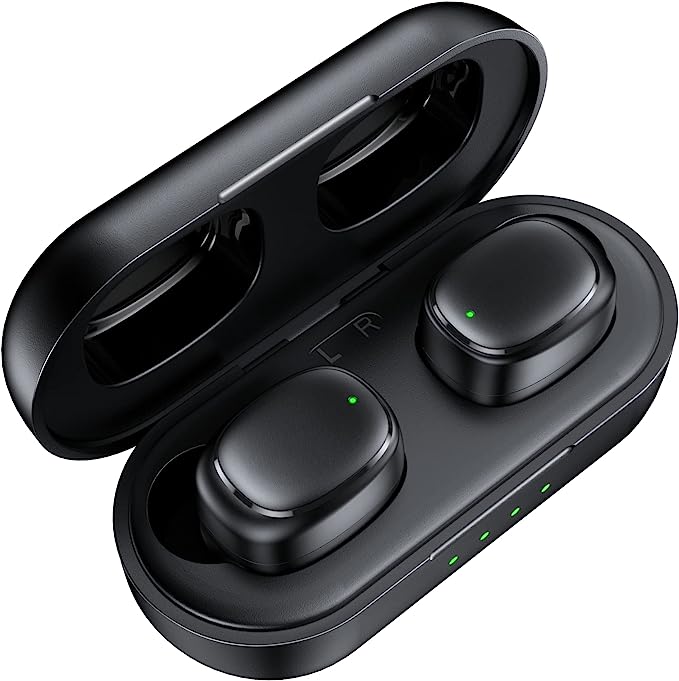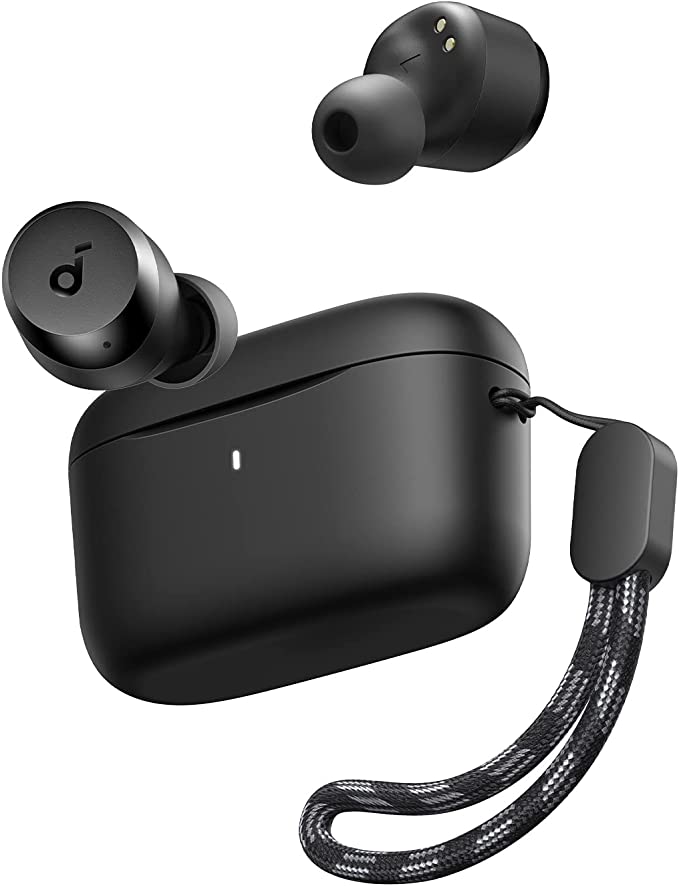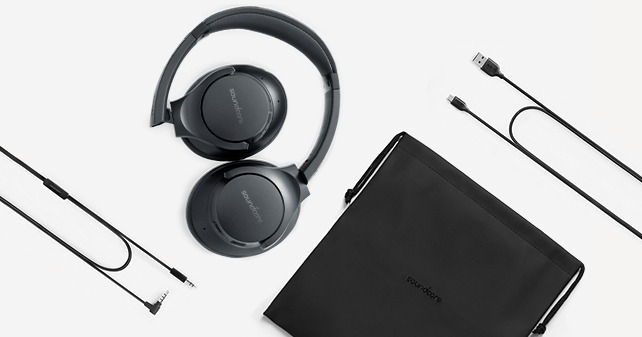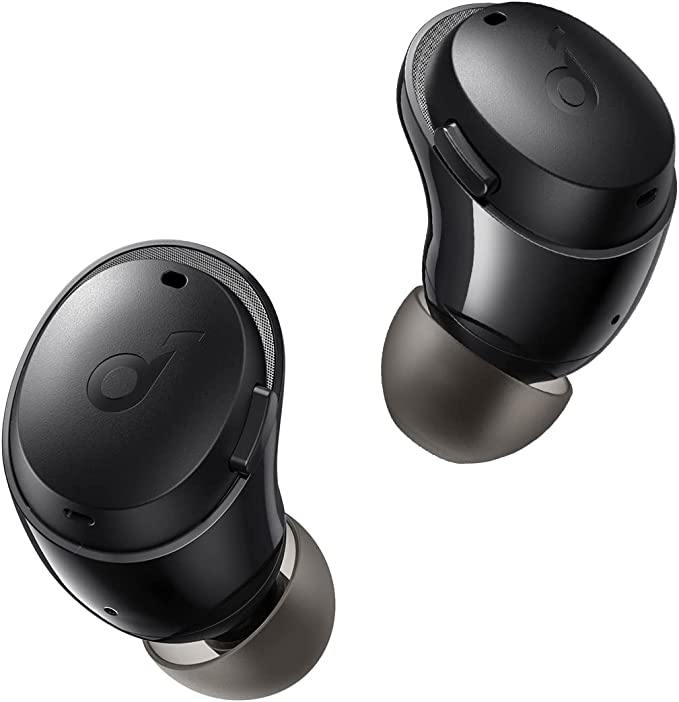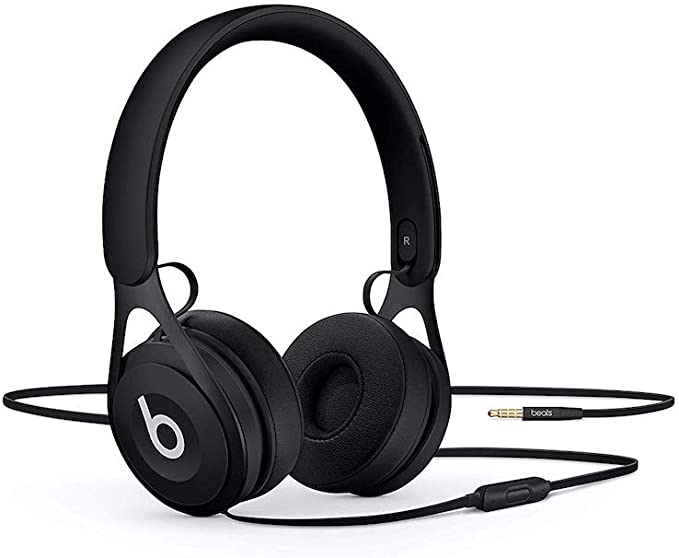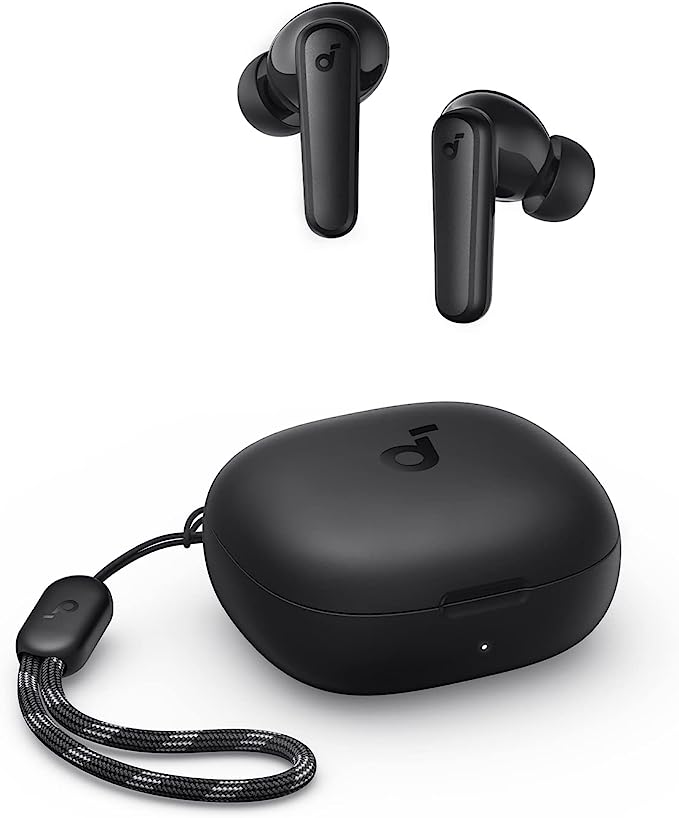Discover the Anglo Concertina: A Beginner's Guide with the Trinity College AP-1230A
Update on Feb. 16, 2025, 2:48 p.m.
Imagine a crisp evening, perhaps a seaside pub, filled with the lively strains of traditional music. A small, hexagonal instrument, held between two hands, expands and contracts like a breathing creature, its buttons dancing under nimble fingers. This is the concertina, and its captivating sound has woven its way through folk traditions for nearly two centuries. If you’ve ever been intrigued by this unique instrument, the Trinity College AP-1230A Anglo-Style Concertina offers an accessible and inviting entry point.

Unveiling the Anglo Concertina
The concertina’s story begins in the early 19th century, with Sir Charles Wheatstone, an English scientist and inventor, patenting his design in 1829. This ingenious instrument quickly found its way into various musical genres, but it became particularly beloved in folk music traditions, especially in Ireland, England, and among sailors who cherished its portability and lively sound.
It’s crucial to distinguish between two main types of concertinas: English and Anglo. The Trinity College AP-1230A, as its name suggests, is an Anglo concertina. The defining characteristic of an Anglo concertina is its bisonoric nature. This means that each button produces two different notes: one when you push the bellows in, and another when you pull them out. Think of it like a harmonica – you get a different note when you inhale and exhale. English concertinas, conversely, are unisonoric, producing the same note on both the push and pull.
Meet the Trinity College AP-1230A: Your Gateway to Anglo Music
The Trinity College AP-1230A is designed specifically for those taking their first steps into the world of Anglo concertinas. It combines affordability with the essential features needed to learn and enjoy playing this fascinating instrument. It’s a chance to connect with a rich musical heritage without breaking the bank.

Anatomy of a Concertina: Exploring the AP-1230A
Let’s take a closer look at the components that make the AP-1230A sing:
- The Bellows: The Heart of the Instrument: The bellows are the lungs of the concertina, providing the airflow that creates the sound. The AP-1230A features 8-fold, fabric bellows. These folds provide a balance between responsiveness and air capacity. More folds generally allow for greater dynamic control and longer sustained notes, but can also require more effort to manage. Eight folds offer a good starting point for beginners, allowing for sufficient expression without being overly demanding.
- The Buttons: A Symphony at Your Fingertips: The AP-1230A boasts 30 buttons, arranged in a traditional Anglo layout. These buttons control the flow of air to specific reeds, producing the notes. The 30-button configuration provides a 1 ½ octave chromatic range. This means you have access to all the notes within that range, including sharps and flats, allowing you to play in various keys and tackle a wide range of melodies. The bisonoric nature of the Anglo concertina might seem daunting at first, but it quickly becomes intuitive, and it’s part of what gives the instrument its distinctive character.
- The Reeds: The Soul of the Sound: Inside the concertina, hidden from view, are the reeds – the tiny metal tongues that vibrate to produce sound. The AP-1230A utilizes accordion-style reeds. The precise mounting and configuration can slightly alter the tonal characteristics. While traditional concertina reeds are individually mounted, accordion-style reeds are often mounted in groups on a single plate.
- The Endplates: A Touch of Elegance: The AP-1230A features laminated wooden endplates with a simulated walnut finish. While primarily aesthetic, the endplates contribute to the overall resonance and visual appeal of the instrument. The rich, dark walnut color gives it a classic, timeless look.
- The Hand Straps: Comfort and Control: Adjustable hand straps on each side of the concertina are crucial for proper playing technique. They allow you to securely hold the instrument and control the bellows with precision. A comfortable grip is essential for developing good habits and preventing fatigue.
- The Air Release Button: Silent Closure: The air release button is a small but important feature. It allows you to silently close the bellows without sounding any notes. This is particularly useful when you’ve finished playing a tune or need to reposition your hands.
A Day with the AP-1230A: A Beginner’s Perspective
Imagine unpacking your new AP-1230A. The scent of the wood, the feel of the bellows in your hands, the intriguing array of buttons… it’s a little intimidating, but exciting. You find a comfortable chair, adjust the hand straps, and, following an online tutorial, begin to experiment. You push and pull the bellows, tentatively pressing buttons. At first, the sounds are hesitant, a little uneven. But as you practice, a melody begins to emerge. You find yourself tapping your foot, lost in the rhythm. You learn a simple jig, then a sea shanty. The hours fly by, and you realize you’ve taken your first steps on a musical journey.

The Concertina’s Song: A Historical Journey
The concertina, while seemingly simple, is a product of the Industrial Revolution’s ingenuity. Sir Charles Wheatstone, a prolific inventor, was at the forefront of this innovation. His early concertinas were primarily English concertinas, favored for their chromatic capabilities and use in classical music. However, the Anglo concertina, with its unique push-pull system, quickly gained popularity in folk music circles, becoming a staple of Irish, English, and other traditional music genres. Its portability made it a favorite among sailors, who carried their tunes across the oceans.
Learning to Play: Resources and Encouragement
The concertina, particularly the Anglo style, is known for being relatively easy to pick up, though mastering it takes time and dedication. The bisonoric system, while initially challenging, becomes second nature with practice. The internet is brimming with resources for aspiring concertina players: video tutorials, online communities, and even virtual lessons. Don’t be afraid to experiment, make mistakes, and, most importantly, have fun!
Beyond the Basics: A World of Music
The Trinity College AP-1230A is a fantastic starting point, but the world of concertina music extends far beyond. As you progress, you might explore different playing styles, delve into more complex tunes, or even consider upgrading to a higher-end instrument with more features and a richer tone. The concertina offers a lifetime of musical exploration.
Conclusion:
The Trinity College AP-1230A Anglo-style concertina is a wonderful portal that is more than just an instrument. It offers a rich history, and captivating musical traditions, with accessible design. While user reviews highlight some inconsistencies with the action. This concertina’s affordability and traditional design make it an excellent starting point for anyone interested in folk music. More resources can be found online, and from the manufacturer.


















